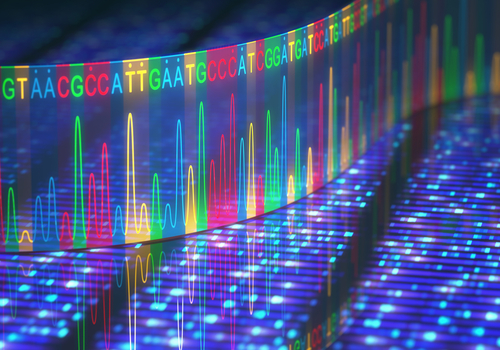New Mutations Linked to Infantile and Late-Infantile Batten Disease Identified in Study of Indian Patients

New mutations have been found in PPT1 and TPP1, the two genes associated with neuronal ceroid lipofuscinoses type 1 and type 2 (NCL1 and NCL2), respectively, in a population of patients in India, researchers reported.
Their study, “Batten disease: biochemical and molecular characterization revealing novel PPT1 and TPP1 gene mutations in Indian patients,” was published in BMC Neurology.
In the case of NCL1 (infantile Batten disease) and NCL2 (late-infantile Batten disease), the condition is caused by mutations in the PPT1 (NCL1) and TPP1 (NCL2) genes, which encode for two enzymes called palmitoyl-protein thioesterase 1 and tripeptidyl peptidase 1, respectively.
These enzymes help break down molecules inside lysosomes, the cellular compartments that digest and recycle different types of molecules. But when they don’t work as intended, toxic insoluble waste deposits, called lipofuscins, start accumulating inside cells and give rise to NCLs.
So far, nearly 76 mutations in PPT1 and 140 in TPP1 have been reported. However, the genetic basis of these disorders in patients of Indian origin remains poorly understood.
Investigators analyzed 34 unrelated Indian patients — 12 women and 22 men — experiencing typical symptoms of NCLs, including epilepsy, vision loss, and brain atrophy.
They first performed biochemical analyses to measure the activity of palmitoyl-protein thioesterase 1 and tripeptidyl peptidase 1. Based on these results, patients were screened for mutations in either PPT1 or TPP1 through a technique called Sanger sequencing.
Biochemical analyses confirmed 12 patients had NCL1 and 22 had NCL2. Among NCL1 patients, genetic screenings identified three mutations previously described in other studies and four new variants, including three mutations known as missense (a single nucleotide mutation that alters protein composition) and one as frameshift (a mutation caused by insertions or deletions that change the number of nucleotides in the sequence). Of note, nucleotides are the building blocks of DNA.
Among patients with NCL2, genetic analysis identified seven known mutations and eight novel variants: four frameshift, two missense, one intronic insertion (insertion of nucleotides in a region of the gene that does not encode for a protein), and one nonsense (single nucleotide mutation that makes proteins shorter).
“In this study, a novel variant (p.Pro238Leu) was identified in the PPT1 gene of four unrelated NCL1 positive families (44%) from the southern part of India, [while] a known pathogenic mutation p.Arg206Cys was observed most commonly in the unrelated NCL2 patients (26%). This suggests [a] possible founder effect in the Indian origin settlers. However, a detailed study in larger cohorts is essential,” the researchers wrote.





